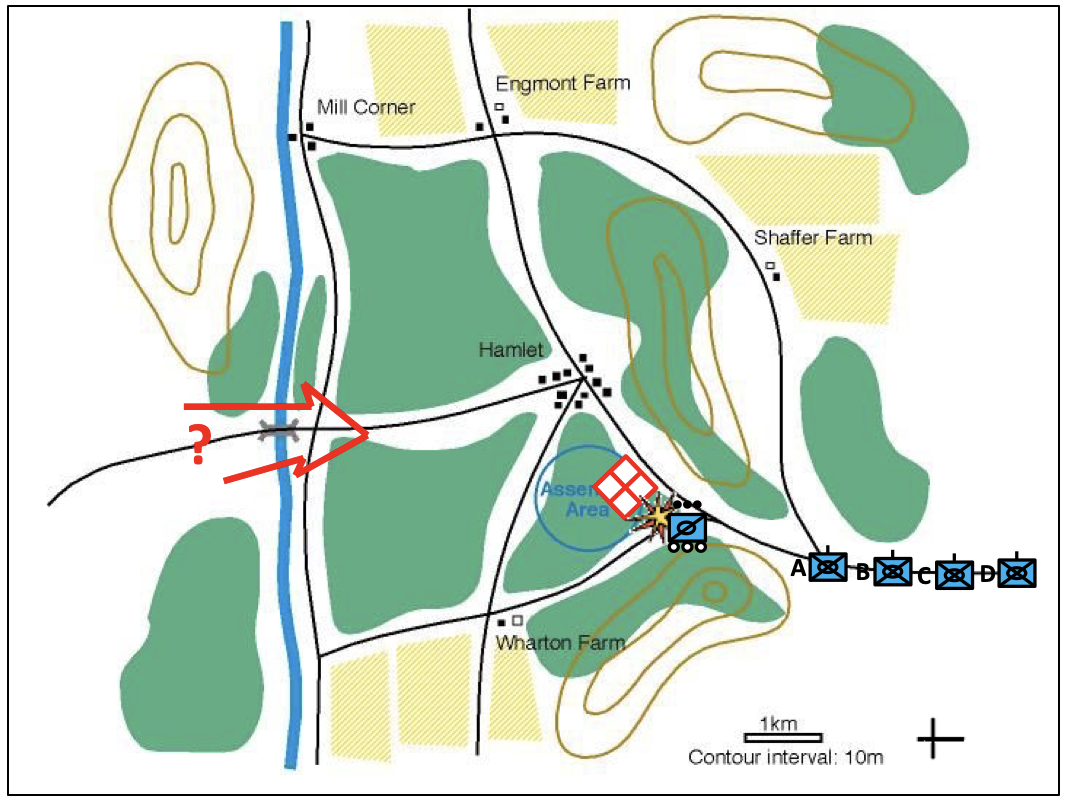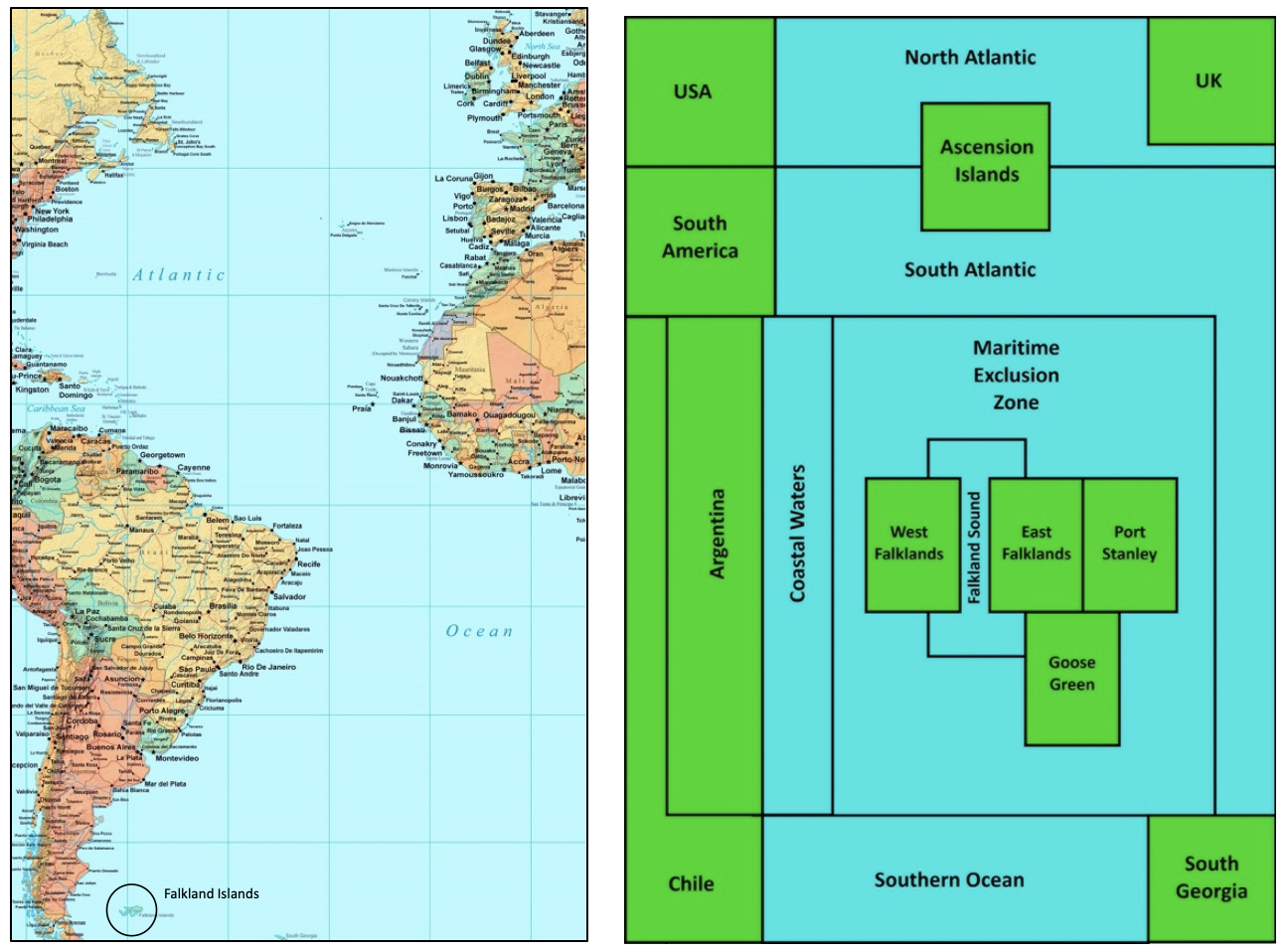Thoughts on Training Fidelity
Learn about different types of training fidelity, the importance of selecting the type of fidelity based on the goals of the training, and why better technology doesn’t always mean better training.
After Thanksgiving, I attended the Industry/Interservice Training, Simulation, and Education Conference (I/ITSEC) in Orlando with my colleagues Gary Klein, Reza Jalaeian, and Brendan McBreen. I/ITSEC is a paean to advanced technology. Literally, hundreds of booths at the expo demonstrated the latest in virtual reality (VR), augmented reality (AR), high-definition (HD) graphics, artificial intelligence (AI), machine learning (ML), and more. Papers, tutorials, and panel discussions explained how these technologies will revolutionize training and operational effectiveness. It was truly awe-inspiring. And thoroughly demoralizing. It got me thinking about training fidelity.
In the context of training, fidelity refers to the degree of realism achieved. Fidelity is created through the choice of training method, equipment, environment, and scenario (Carey & Rossler, 2022). The term is most often used to describe advanced-technology training simulators for performing psychomotor skills, such as flight simulators, gunnery simulators, or simulation manikins, but the concept applies to any training, as all training constitutes a simulation of reality at some level, whether through advanced technology or not. A computerized wargame, a field exercise, a tabletop wargame with a paper map, unit counters, and dice rolls to resolve combat outcomes, and a tactical decision game (TDG) with a simple graphic and a paragraph of text requiring a decision—all are simulations.
One of the fundamental decisions in training design is what level of fidelity to pursue and at what cost. The path to defining the right level of fidelity starts with a clear statement of training objectives. All else stems from this, or ought to anyway.
The Types of Fidelity
There are several different types of fidelity. Physical fidelity refers to the realism of the simulated environment that the trainee perceives and interacts with—for example, the cockpit controls of a flight simulator and the simulated world perceived through the canopy. Physical fidelity is concerned with whether the simulated environment “looks real” (Andrews, Carroll & Bell, 1996). Functional fidelity refers to the level of realism with which the simulation captures the tasks to be performed and the dynamics of the situation—as examples, the procedures to be followed and the simulated outcomes of those actions. Functional fidelity is concerned with whether that environment “acts real” (Andrews, Carroll & Bell, 1996). Psychological fidelity refers to the realism of the psychological reaction evoked by the training. Psychological fidelity is concerned with whether the training “feels real.” Cognitive fidelity refers to the realism of the decisions and judgments the simulation requires. Are the challenges of building situational awareness, recognizing the problem at hand, and deciding what to do about it realistically captured by the training?
My primary concern is with cognitive fidelity.
The Problem with the Current Approach
The current approach to training design in the military has gone off the rails in at least two important ways. First, the focus is overwhelmingly on technology at the expense of the other aspects of training design. The reason is easy to see: that’s where the funding is. As a result, advanced technology has become an end in itself rather than a means to an end, and we see the production of highly sophisticated training devices with little consideration of how they will be used or whether they actually will improve training. The primary interest is in the sheer power of the technology, the graphics, the visual realism. The needs of the trainee, which should be the focal point of the entire effort, seem to have become an afterthought. Researchers recognized the importance of a holistic approach to training design decades ago, but that lesson has largely been lost.
Second, the focus is overwhelmingly on achieving physical fidelity. Training designers focus on capturing the physical reality of the environment to make it appear as real as possible to the visual, auditory, and tactile senses. Again, the reason is easy to see: physical fidelity is something that advanced technology does very well. Higher physical fidelity is largely a function of capturing the visible world in ever-greater levels of detail. Cognitive fidelity, however, is not achievable through the brute application of computing power and high-definition graphics. It depends on a deeper understanding of cognitive requirements, of how humans perform under conditions of uncertainty, time pressure, and other stresses. Creating cognitive fidelity requires a meaningful front-end analysis that produces true insight into the training challenge. It rests on clarity, conciseness, and elegance of design. (Think of the well-known Washington, D.C., or Boston subway maps, which have a certain artistic quality to them.)
Thus, the operative logic of training design seems to be that (1) better training is a product of higher fidelity, which (2) means higher physical fidelity, and (3) higher physical fidelity is a product of a higher level of detail or resolution, which (4) is best achieved through powerful computing and graphics. While (3) and (4) generally may be true, (1) and (2) often are not.
A correlation clearly exists between fidelity and training effectiveness, but it is not a simple case of more is better. Any type of fidelity beyond the trainee’s cognitive ability to process the amount of detail becomes an impediment to training effectiveness. The level of training matters. For novice training, fidelity is not especially important (Hays & Singer, 1989). In fact, a simplified (i.e., low-resolution) simulation environment may make it easier for novices to learn by removing distractions. As training becomes more advanced, the requirement for fidelity generally increases, but the requirement for functional and cognitive fidelity increases more quickly than the requirement for physical fidelity (Hays & Singer, 1989). Beyond the point of essential realism, greater physical fidelity may generate diminishing returns and even become counterproductive. Even with experienced trainees, a high-resolution/high-physical-fidelity training environment demands greater cognitive processing, potentially detracting from the trainee’s focus on the primary task. Researchers since the early 1970s have understood that deliberate simplifications of reality in the training environment—decreasing some types of fidelity—can actually improve training effectiveness (Hays & Singer, 1989).
Better Cognitive Skills Training
For cognitive skills training—training infantry officers in tactical decision making, for example—I believe the ideal combination is relatively high cognitive fidelity and the lowest necessary (rather than the highest possible) physical fidelity. The tactical decision game (TDG) is an excellent example. A TDG typically consists of a simple operational graphic showing the basic terrain, the location of friendly forces, and those enemy forces known to the trainee. The graphic is spartan: only enough detail to show the key terrain features, avenues of approach, and obstacles—nothing more. As an example, Figure 1 shows the graphic from a classic TDG, “Enemy in the Assembly Area.”

A brief scenario description fleshes out the situation: the mission, forces and support available, and unfolding events leading to a decision requirement under a strict time deadline. A well-designed TDG is simplicity itself: extremely accessible, economical, and concise, yet leading to surprisingly rich lessons in tactical concepts, leadership, task organization, weapons employment, and issuing of combat orders. A good TDG captures high cognitive and even psychological fidelity—posing realistic decision requirements under pressure—at low physical fidelity.
Such low-resolution/high-cognitive fidelity exercises are much cheaper to produce and execute than high-tech training systems designed to accomplish the same thing. The training can be done practically any time and any place—no scheduling issues with expensive technologies that can rarely be used because they are a scarce training resource, and because of the cost and difficulty of developing new scenarios. As nationally recognized firefighting trainer Phil Jose has observed: “Fire departments literally spend millions to achieve high physical fidelity that people only train on a couple times a year because the cost of developing a single new training exercise becomes exorbitant. High cognitive fidelity exercises can be developed in days, even hours, at low cost, and delivered regularly to that same group of students.” No backroom support issues or downtime for maintenance. No requirement to hire contractors to run and maintain the system. The training scenarios can be developed much more quickly. Most important, the training is often superior.
Let me provide another example. Figure 2 below is a detailed geographical map depicting all the geography relevant to the 1982 Falklands war between Great Britain and Argentina. Given the scale required to capture all the relevant geography, the Falkland Islands themselves are barely discernible. In contrast, Figure 3 is the map from “The Falklands War (1982)” wargame created by Tim Gow (Curry & Price, 2014). It is simplistic and highly stylized, with little resemblance to actual geography. Yet it is carefully and elegantly designed to capture all the geospatial information the wargamers need to make operational decisions about the military campaign—and nothing more. It has no “noise,” whereas the detailed geographical map is more noise than signal. Figure 3 is tailored precisely to support the cognitive tasks the wargamers must perform. Figure 2 has much higher physical fidelity, but Figure 3 has much higher cognitive fidelity for the wargaming task.

I believe this idea of achieving high cognitive fidelity at low resolution is a powerful one and should be a central principle of cognitive training design. Instead of attempting to map physical reality in all its complexity, the principle should be to render that reality with the minimum essential complexity. Render complexity simply. High fidelity at low resolution is not merely a matter of removing detail. It requires aggregating details at a level appropriate to the task, emphasizing the elements that matter, and compressing the ones that don’t—all of which Figure 3 above does. It requires understanding the task to be trained and what fidelity means for that task, which emphasizes the importance of a front-end analysis with clearly defined training objectives.
A Call to Action
This essay is a call to action. It is a call for conducting a meaningful front-end training needs assessment with a careful task analysis that will drive the training design process. This means starting with the training needs and thinking about how much and what kind of fidelity best serves the training objectives. It is a call for breaking the thrall of technology for its own sake and restoring the balance between technology and the other dimensions of training design. It is a call for making the critical distinction among the different types of fidelity and recognizing what type of fidelity, and how much, is important in any given training situation. Finally, it is a call for recognizing that we know how to create physical fidelity and that the focus in today’s complex training environment should be on improving the ability to create other types of fidelity, especially cognitive. These are not new ideas at all, but ones that seem to be getting lost in the headlong pursuit of high resolution for its own sake.
At I/ITSEC, my colleagues and I put on a tutorial on the ShadowBox training methodology that consisted of an extremely low-resolution/high-cognitive fidelity decision scenario comprising six PowerPoint slides with a few JPEG images. Our room was packed, standing room only, and the audience was extremely engaged. I wonder how many appreciated the subversiveness of our presentation.
Interested in learning more about ShadowBox’s high-cognitive fidelity training?
Sources
Andrews, Dee, Lynn A. Carroll & Herbert H. Bell, “The Future of Selective Fidelity in Training Devices,” Air Force Materiel Command, Brooks AFB, TX, 1996.
Carey, Jeanne M. & Kelly Rossler, “The How When Why of High Fidelity Simulation,” National Library of Medicine, National Center for Biological Information, https://www.ncbi.nlm.nih.gov/books/NBK559313/, 8May2022.
Curry, John & Tim Price (2014), Matrix Games for Modern Wargaming: Developments in Professional and Educational Wargames: Innovations in Wargaming, Vol. 2, 2014.
Hays, R.T., & M.J. Singer, Simulation Fidelity in Training System Design: Bridging the Gap Between Reality and Training (New York: Springer-Verlag, 1989).